Make violins like mysteries. The cheapest violin may cost $100, while the most expensive violin may cost millions! Let's ask Franz Sandner to solve these mysteries.
First, there is the wood.
1. Spruce is used on the soundboard and sound of violins.
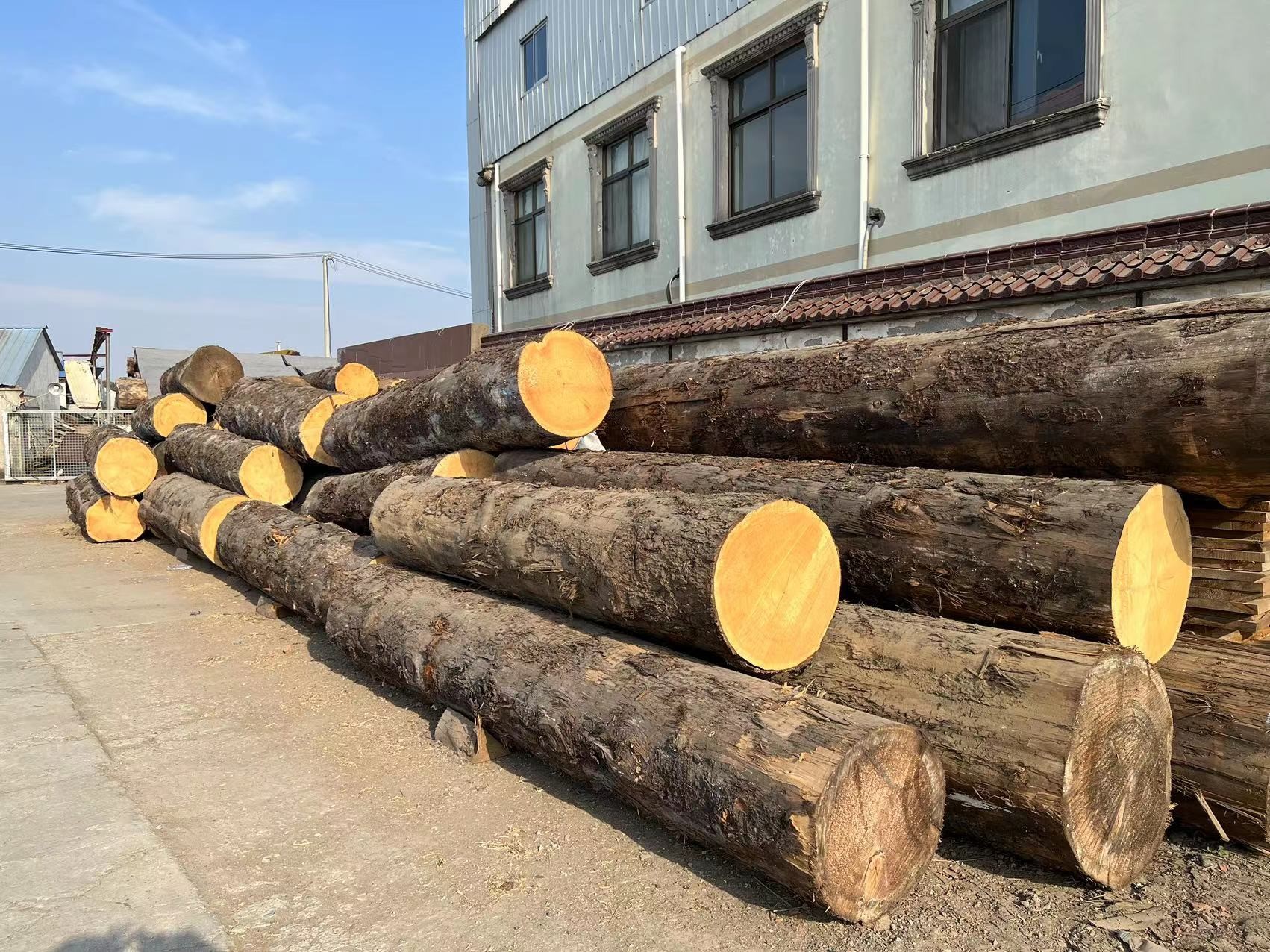
Franz Sandner uses spruce wood sourced from northern Italy, Russia, and northeastern China because these regions have very cold climates. The average annual temperature is about 5 degrees Celsius, which ensures the continuous growth of tree rings. A precipitation of 0.5 mm to 1.5 mm annually is required for spruces to thrive best when they are over 80 years old and at an altitude of 800 meters above sea level.
2. Maple is used on the backplate, ribs, scroll, and bridge of violins.
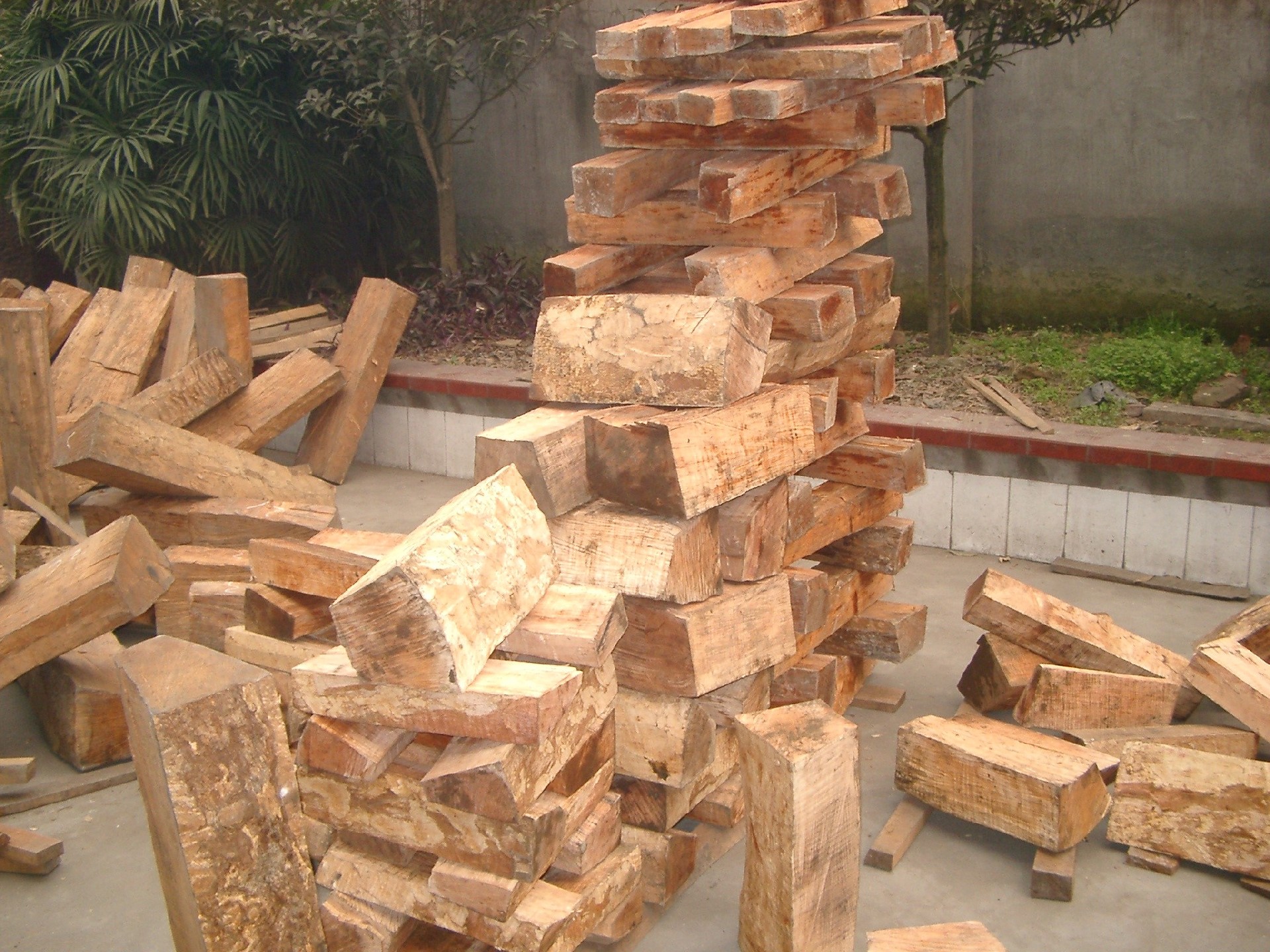
Franz Sandner uses maple wood sourced from Eastern Europe, Canada, Yunnan, and Sichuan in China. Only maple wood is the best choice for making violins. Mono maples are harder, so they take about 2 years to dry. The high-level violins need to be crafted over3years.
3. Ebony is used on the tailpiece and other accessories of violins.
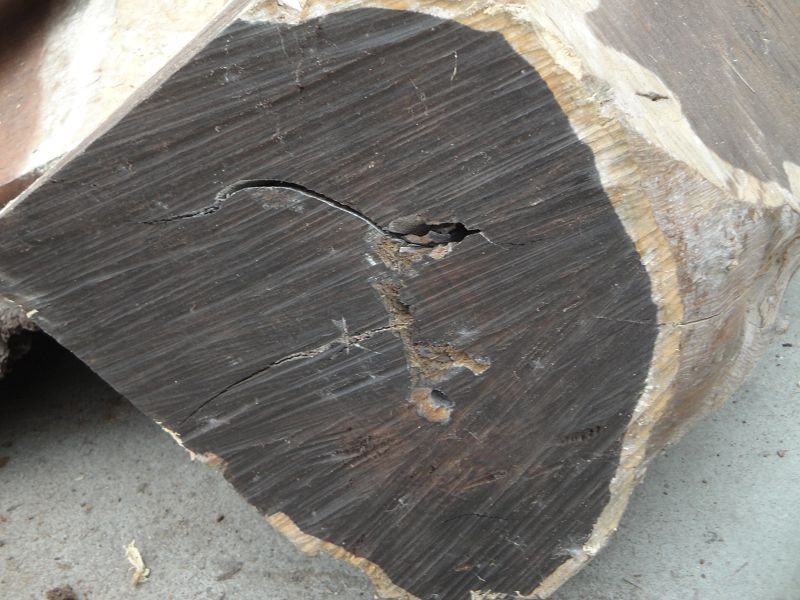
Franz Sandner uses ebony sourced from Africa and Myanmar. Ebony is harder than maple, so it requires more time to dry. Ebony is black; some manufacturers use it in place of other lower-quality woods. But the quality is key to making violins. The key to playing the violin is producing a beautiful sound.
Second, Franz Sandner's unique three-stage drying process.
1. The first step is the machine drying process.
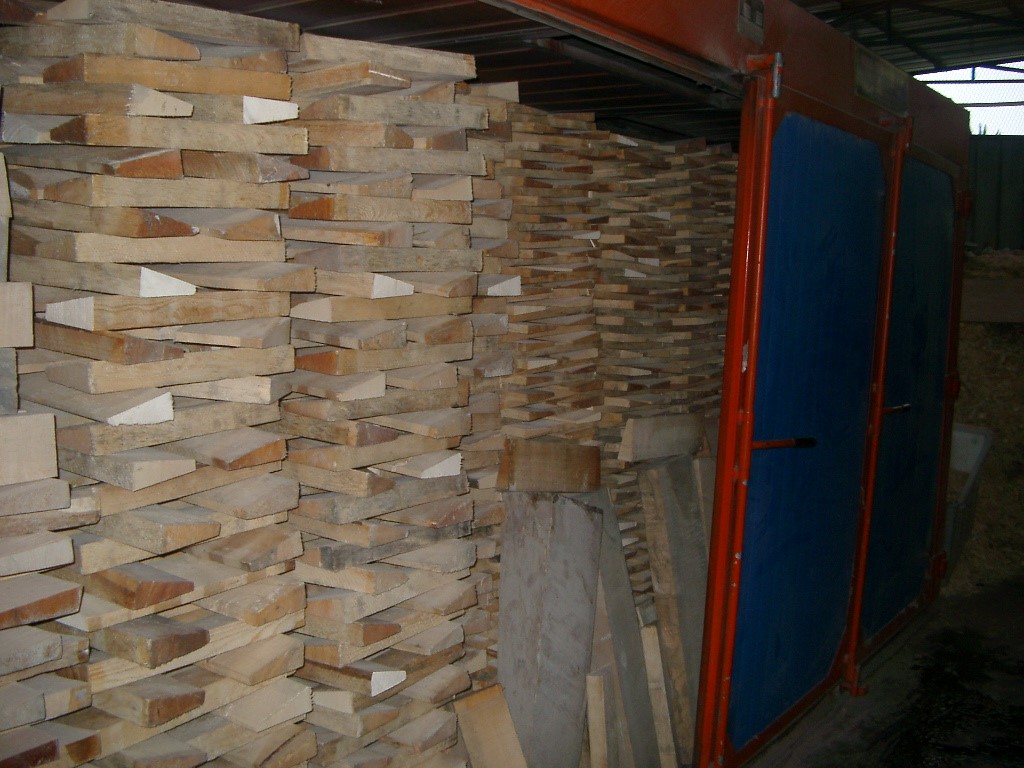
It takes abouttwoweeks in the drying room to ensure that the moisture content of every piece of wood is below 7%.
2. The second drying method is natural drying.
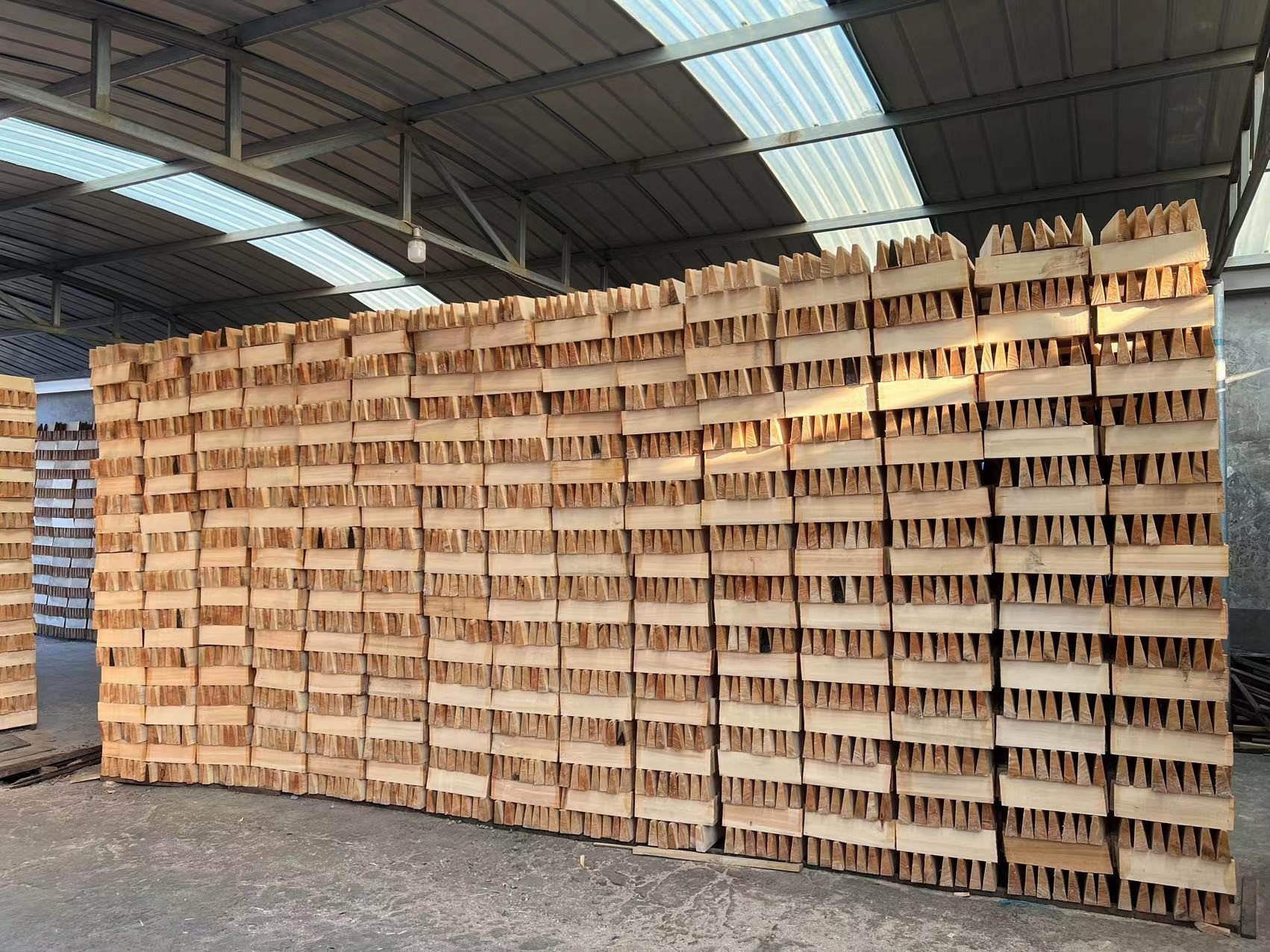
The Masterseries dries over five years. Other series have dried up over the past three years.
3. The third method is constant-temperature room drying.
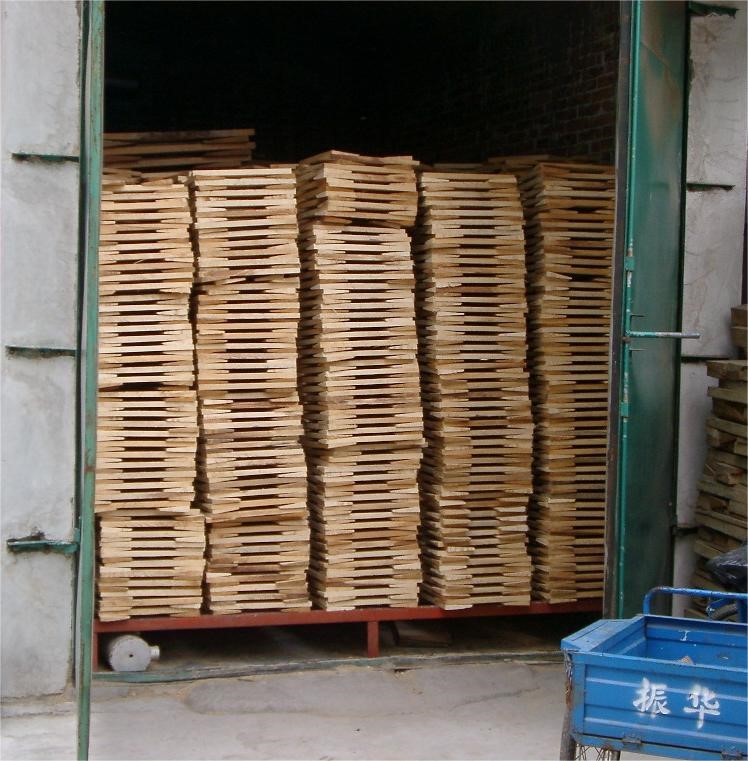
Before making a violin, the wood should be kept at 50degreesin a room with a constant temperature for about 2 weeks. This process ensures that the wood's qualities are stabilized, increases flexibility, and enhances sound resonance. To produce higher-quality sound.
Finally, Franz Sandner possesses unique skills in Germany.
1. To measure the thickness of the soundboard accurately. This skill requires an experienced luthier to ensure the quality of every Franz Sandner violin.
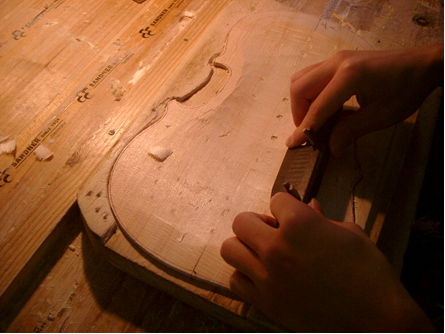
2.Before painting, the carpentry needs to be dried in a room with a constant temperature. After this step, Franz Sandner's unique alcohol-based paint needs to be applied 25 times, which takes about a month. This process enhances the sound quality.
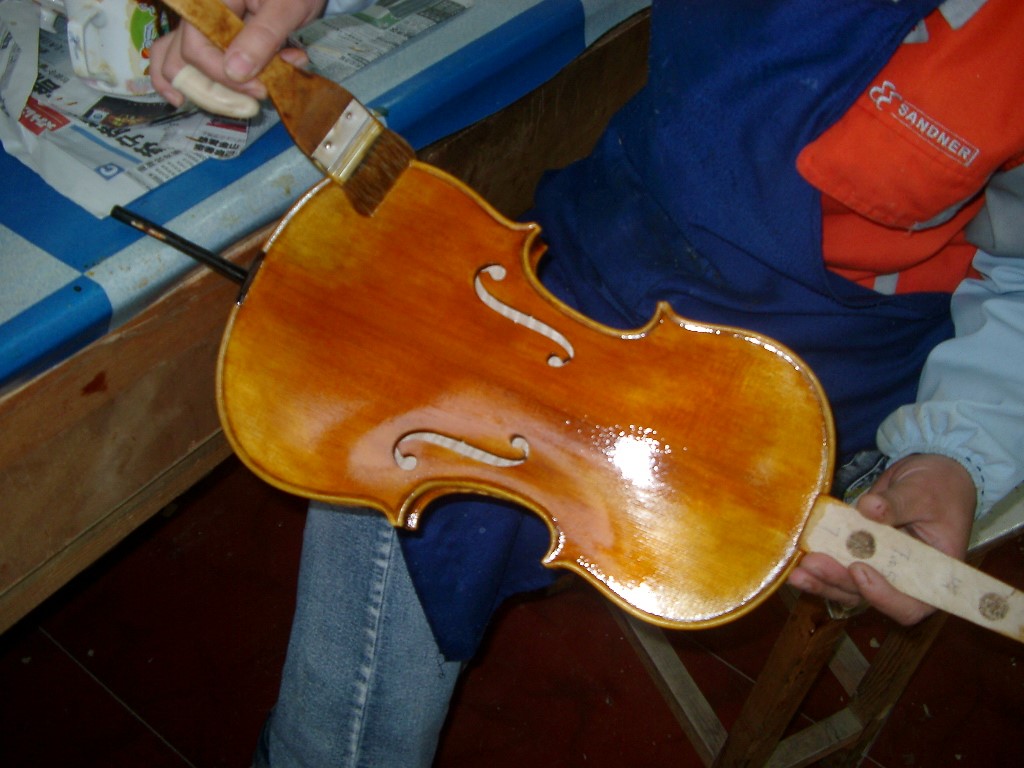
3. Finally, the high quality of the bridge and bracing is very important. Franz Sandner adheres to ISO standards to ensure that violins sound great. It can increase thevolumeby about 50%.
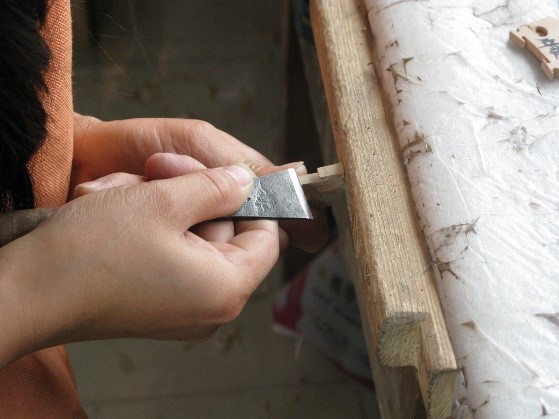
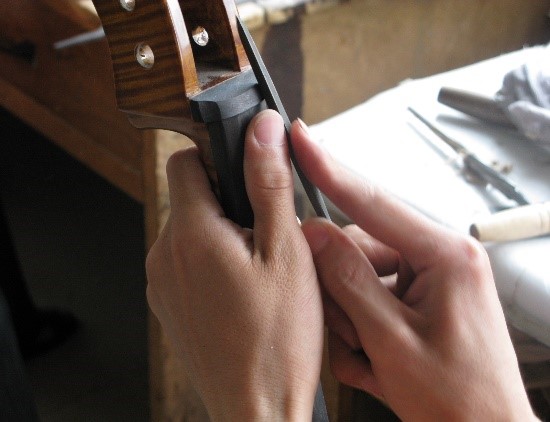
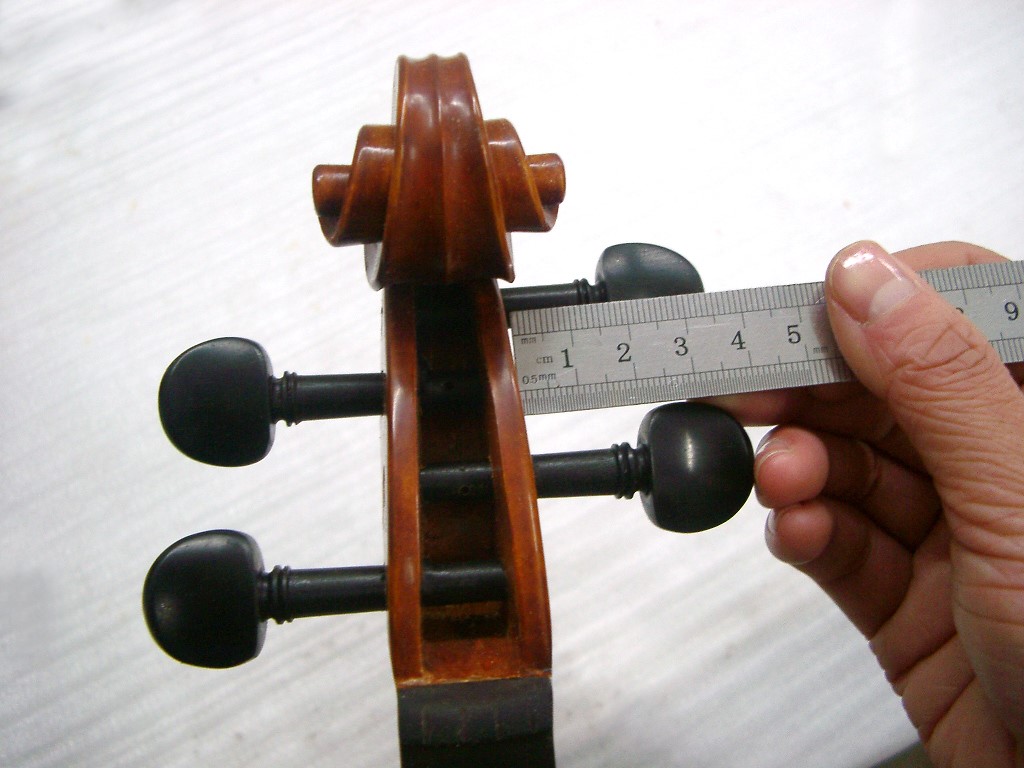
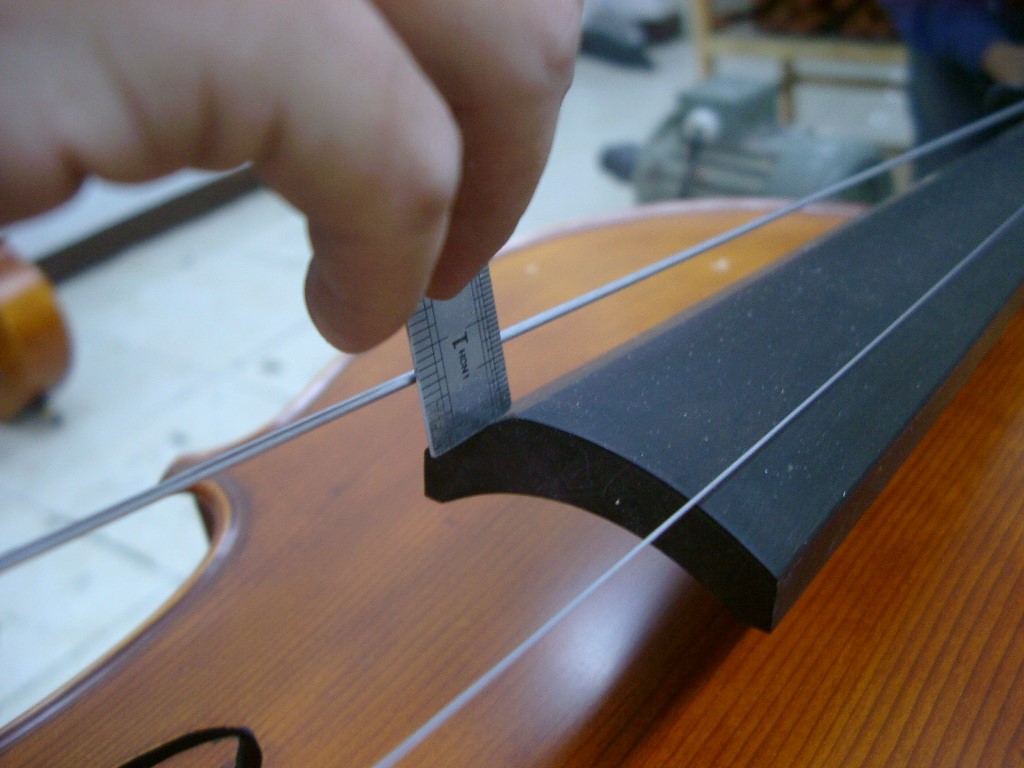
Lastly, tuning and maintenance are also important for violins. In concert series, violins require a technician to ensure sound quality and tuning, which can extend the lifespan of each violin. From student to Master, Franz Sandner will stand by you.
The great tone from Germany – Franz Sandner.